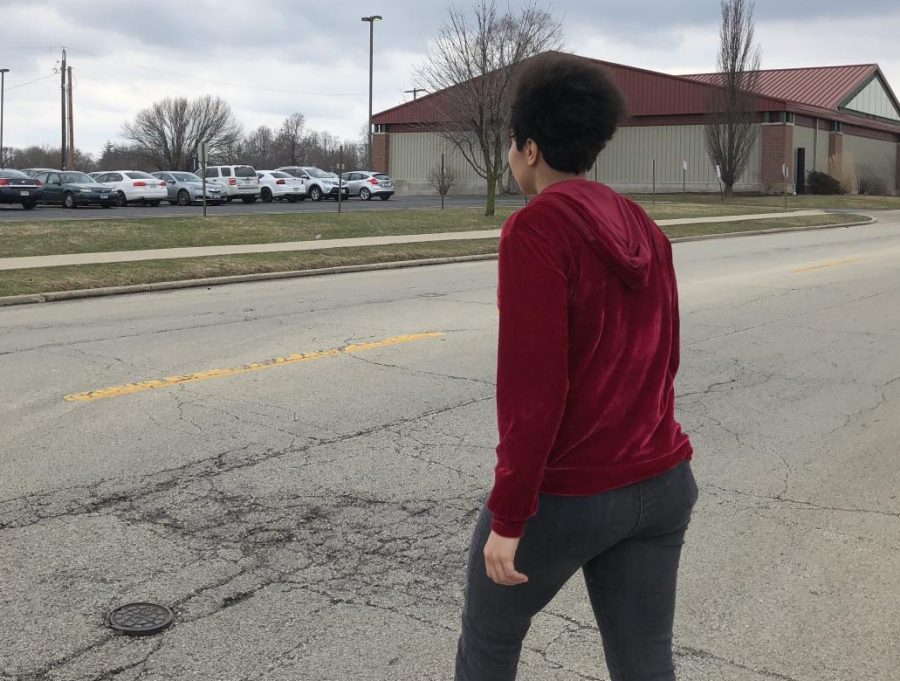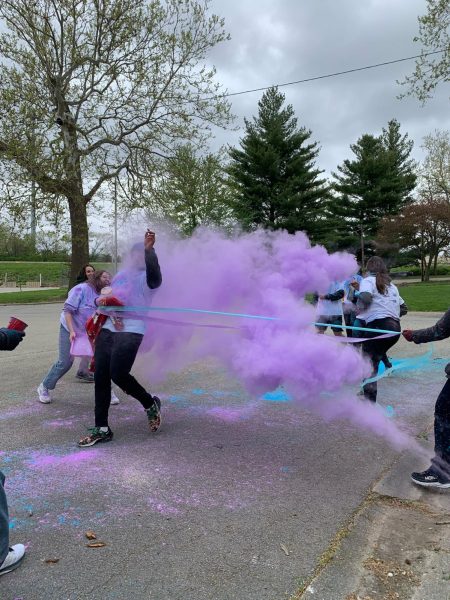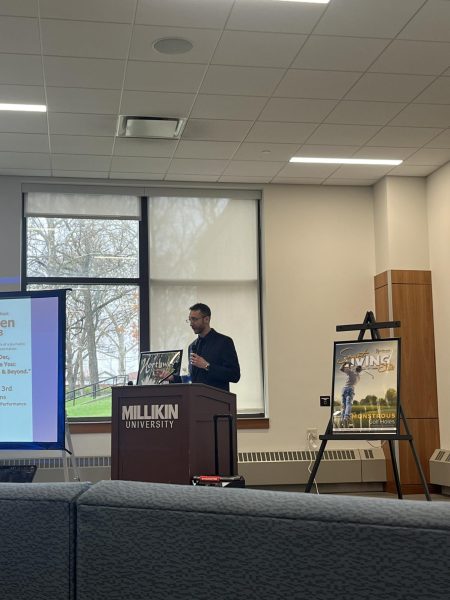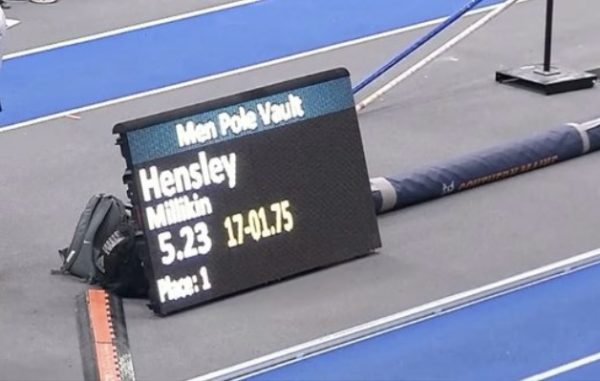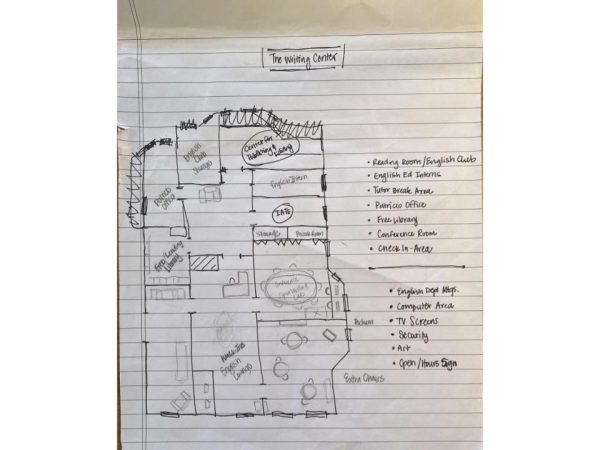The Convenience of a Crosswalk
Millikin student parking lot M10 does not have a direct crosswalk to it so students are jaywalking to get to their cars. Parking lot M10 is the lot that sits next to the Decatur Indoor Sports Center (the DISC). This lot attracts freshman from Blackburn, New Hall 4, and Weck.
Two crosswalks lie about 250 ft. away from the lot on either side: one in front of the DISC and one next to the railroad tracks. Both are within walking distance of the lot but are inconveniently placed.
There are only two underclassmen parking lots at Millikin University: M1 and M10. Therefore, around half of the freshman students who have cars on campus park in lot M10.
Twenty freshmen who park in student lot M10 were polled and every single one of them admitted to jaywalking to reach their car. Not only that, but multiple upperclassmen confessed that they did the same when they were freshmen.
“I’m ok with jaywalking,” said freshmen student Chris Vogt, “but I would feel much safer with a crosswalk.” Vogt also said that jaywalking across that street is especially dangerous because Wood Street, where the lot is located, accumulates a lot of vehicle and foot traffic.
“We’ve all learned since the first grade how to cross the street,” said Chris Ballard, director of Millikin public safety. Ballard believes that ultimately jaywalking to this lot is a personal safety choice. When jaywalking occurs, a pedestrian loses all of their protection rights.
This delves into an almost bigger issue because on average, one Millikin student is hit while on a crosswalk per year. Ballard addressed that those numbers did not include not non-crosswalk incidents.
Ballard agrees that vehicle traffic is an issue on Millikin’s campus.
“I’ve asked our police staff to focus more on vehicles failing to yield,” Ballard said.
While Ballard agreed the lack of a crosswalk is a concern, it has never been a high priority at Millikin. According to Ballard, there are three key reasons why putting a crosswalk to M10 would be a difficult task.
The crosswalk to lot M10 would be a midblock crosswalk, which Ballard said are harder to get city-approval on. That’s without even considering the fact that there are two other midblock crosswalks a short distance from the parking lot. Having three crosswalks on one road in that short of a distance would be pointless and redundant.
Crosswalks have to meet a certain list of standards. They are not just lines painted on a road. The crosswalk has to go completely from one end of the sidewalk to the other. This would require cuts to be made in both of the sidewalks and concrete would have to be poured to even them out. Instead of being a simple task, it would turn into a several-week-long process.
Not only would the sidewalk have to be altered, but the road as well. The other two crosswalks on Wood Street are at angles that allow handicap accessibility. This means the road in front of the parking lot would have to change to ADA standards.
There’s a simpler way to discourage students from jaywalking.
Adding dense shrubs or a short fence along the sidewalk on either side of the road would restrict students ability to jaywalk to lot M10.
Using this tactic would cost less money, not demand city approval, and would aesthetically improve the area.
Ballard said that Millikin has used this strategy for this specific purpose in other places on campus. While it may mildly inconvenience students walking to their cars, it would help ensure their safety as pedestrians by promoting the use of the available crosswalks.
“I would be happy to have the city look at it,” said Ballard when he was informed of the students’ concerns. Ballard went on to say that the city would express the same issues that he did, although it could be worth a try.
In the end, a little longer of a walk may seem annoying or bothersome to students, but it is the easiest solution. It is effective and ensures our rights as pedestrians. Not only that, but the exercise will be good for students.

